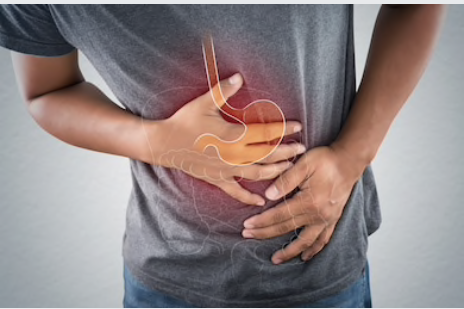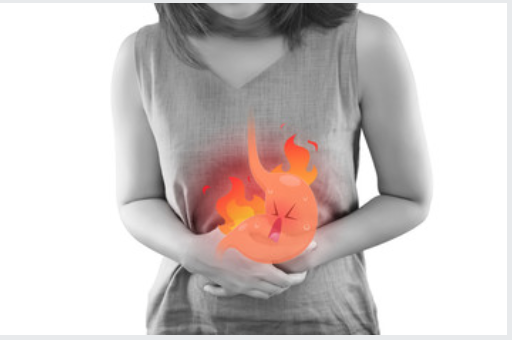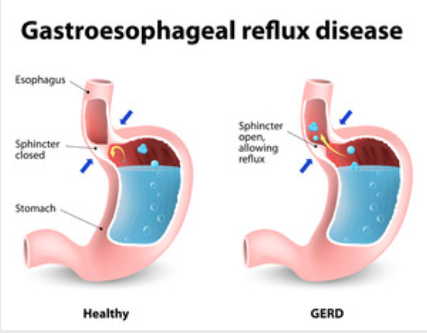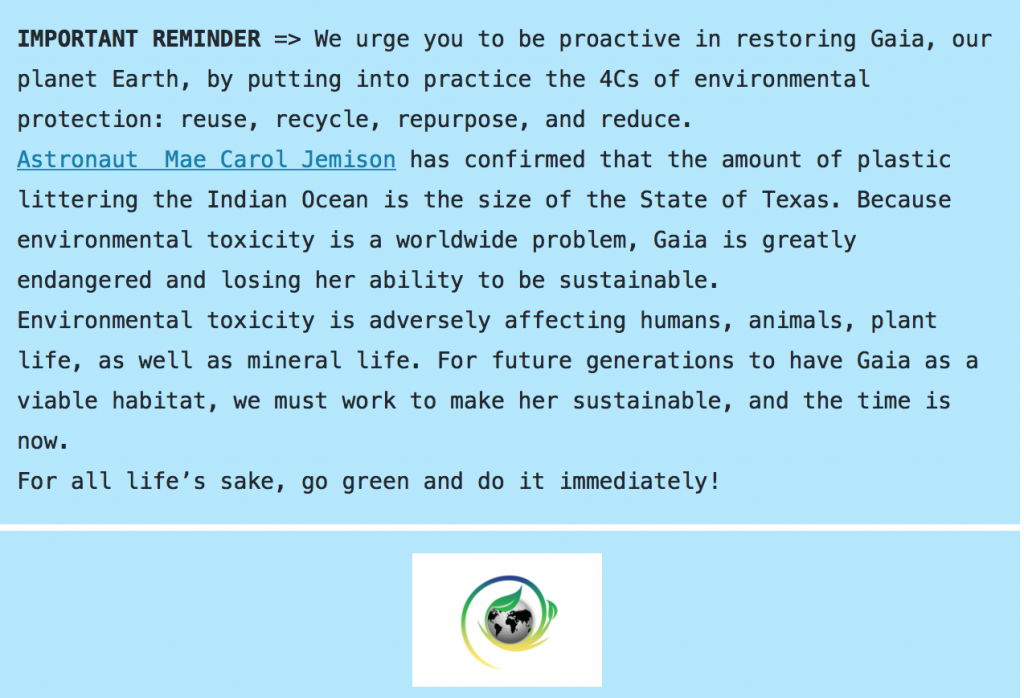At times, excess acidity, also referred to as acidosis or hyperacidity, manifests itself as a health concern in the majority of people, from babies to the elderly. Once in a while, just about everyone alive experiences heartburn or acid indigestion, and the symptoms often disappear soon after they have been treated.

In cases where the symptoms linger for weeks, even years, in spite of ongoing treatment, then there is an indication that the underlying causes of acidosis are not being addressed.
Statistics show that close to 30% of the US population suffers from hyperacidity and the numbers are on the rise. In 1998, the number of people hospitalized for hyperacidity related issues was 995,402. This number increased to 4.13 million in 2005, just seven years later. Given the large number of treatments that exist for symptoms of excess acidity, the rise in the number of people needing to be treated is obviously not due to a lack of available treatment.
Primary symptoms of hyperacidity
Acidosis presents itself in the form of various symptoms such as heartburn, acid indigestion, stomach pain, to name a few. When hyperacidity overtaxes the body’s internal organs, it causes them to be out of balance. The very manifestation of the symptoms is a call to pay attention to an issue that needs to be addressed. Under the effects of an imbalance that occurs, bodily organs are likely to show signs of systemic deterioration. Organs deteriorate when their structural integrity has been compromised.
The body develops acidosis when metabolic by-products intoxicate the bloodstream with an overload of acidic compounds. These compounds release excessive amounts of carbon dioxide and other toxins that overwhelm the system. Stomach ulcers indicate the existence of organ weakening to the point of tissue deterioration. The above is only a description of some effects. Hyperacidity has many causes.

When the body is hyper acidic, its organs and tissues are often adversely affected in many ways. The blood must have a reasonable amount of alkalinity for all organs to function properly. The ideal pH level for the blood — particularly arterial blood — is set at 7.40 as a good balance between acid and alkaline states. When the pH level shifts from alkaline or neutral to acidic, then the body’s organs start reflecting an imbalance that is usually entails pain or discomfort.
Since the blood feeds all organs and tissues in the body, it is essential to keep its pH level in balance in order to maintain a reasonable state of neutrality for optimal health.

Complications from hyperacidity
Besides the primary symptoms of excess acidity, there are additional ones that may appear on top of the existing symptoms: breathing and swallowing difficulties, foul acidic gases released through the mouth and rectum, metallic taste in the mouth, colorectal irritation, muscular, joint pain, any type of pain, and acid reflux disease (also known as GERD, an acronym for Gastro Esophageal Reflux Disease). In this case, acid and undigested food particles at times reach the esophagus.
Acidosis complications may involve respiratory problems including pneumonia. Nutrition science has demonstrated that a prolonged state of hyperacidity has been a contributing factor to immune impairment, leading to serious degenerative illnesses such as cancer, osteoporosis, and diabetes; and that is the short list. Scientific studies have shown that cancer cells thrive in an overly acidic body. Conversely, cancer cells usually do not overly multiply in an alkaline body.
Oftentimes, it is because of excess acid that the organs and bodily tissues become impaired: stomach, lungs, colon, bones, skin, teeth, and many more. Additionally, excess acidity in the colon encourages the proliferation of parasitic organisms that release a large load of their own waste in the bowels and organ tissues in which they easily go in and out. This activity increases the body’s toxins.
Excess acidity also causes the degeneration of the joints’ cartilage and eventually, slow disintegration of the bones. This explains why so many people on a poor quality diet suffer from pain caused by inflammation that the excess acid has contributed to. This problem is usually worsened by accompanying weight gain that is usually a part of the equation.

Before one endeavors to get hyper-acidosis under control, it is important to consider some preliminary tasks:
- MEASURE THE LEVEL OF HYPERACIDITY – This can be performed with a pH Test kit that contains strips capable of measuring the body’s pH by testing the saliva or urine. The body must have its pH levels range between neutral and alkaline to reach optimum wellness.

- DETERMINE THE UNDERLYING CAUSES – It is essential to determine the underlying causes of hyperacidity because this is what provides the understanding of how the condition has come to develop itself into the body. Determination of causes is a process that requires the analysis of lifestyle patterns, possible trauma involved, dietary habits that lead to acidosis, and all types of other variables.
There are countless reasons why someone may exhibit the symptoms of acidosis. In numerous cases, the causes of acidosis can be mostly physical, and in others they may be emotional. Oftentimes, people affected by acidosis are addicted to acid-forming foods such as:
> Fried and processed foods. What’s wrong with them? The free radicals they produce in the body, cause inflammation that gives rise to bodily pain and all sorts of other problems, especially excess weight gain. Ultra-processed foods like canned meats are known to encourage excess acidity.

> Processed foods with a high content of refined sugar and large amounts of high carbohydrates. Highly processed sugar and high carbs promote the production of excess acid in the body.
> Carbonated drinks such as sodas. The average bottle of cola contains 17 teaspoons of processed sugar. The pH level of some soft drinks can equate that of battery acid. Take a look at some soda addicts and see what they often have in common: bad teeth or no teeth… cognitive decline, and inflammation issues that come with pain, swelling, and stiffness.
Alcoholic beverages. Most of them are highly acidic and cause the blood pH to become imbalanced. Beer is known to be one of the most acidic alcoholic beverages and makes the drinker inflammation-prone. It is no surprise that oftentimes, one of the telltale indicators of a regular drinker is the size and shape of their stomach and abdomen: the beer belly.

Studies show that in some situations where acidosis may be due to either overexertion or psychological trauma, or a combination of physical and emotional stress, both the physical and emotional bodies must be treated. This is particularly true in the case of highly stressed persons also suffering from prolonged upset, resentment, anxiety, or PTSD.
This dynamic is valid in cases where people have been overly disgusted with a situation to the point that their vagus nerve has become negatively affected. It is one of the reasons why the upset that troubles certain people may cause nausea, gagging, and vomiting. When some individuals are disgusted and feel that some circumstantial experiences have left a bad taste in their mouth, they may feel nauseated and have a need to regurgitate. Very severe acidosis has in some cases led to toxic shock and even death. The tragic part of this situation is that acidosis is not only treatable but also preventable.

The following points will prove helpful for getting excess acidity under control:
1. Stop ingesting the foods and drinks that are the worst offenders responsible for the condition. The lesser culprits can always be re-introduced later on, after treatment has been concluded as successful. A sensible way to reintroduce the offending foods is to use non-toxic or less toxic versions of them. An extensive list of acidic and toxic foods can be found in the book HOW TO DETOXIFY YOUR LIFE NATURALLY.
2. Start a self-detoxification process. There are various ways to detoxify, whether by oneself or professionally. When thorough and complete detoxification is required, it is best done with the guidance of a qualified nutritionist or detoxification professional. The process will help clear not just excess acid but also all types of toxins and harmful microorganisms that contribute to hyperacidity.
3. Use alkalizers such as: Apple Cider Vinegar (ACV) in small amounts with pure water sweetened with honey; also use buffers like magnesium products, zeolite, etc.

4. Consume alkalizing foods such as citrus fruits limes/lemons pressed in water and taken as juice. Even though they are intrinsically acidic, they do effectively alkalize the body when they are ingested. Not all produce is alkalizing. The combination of different types of produce is as important as their quality. Some produce is acidic, some semi-acidic, and some non-acidic. It will be in your best interest to secure a Food Combination Chart. A quality chart contains a list of produce and their proper combination. This way, you can ensure that you are using a proper food combining method.

5. Take green juices that contain high amounts of chlorophyll. They have the beneficial property of detoxifying and repairing cellular damage. Use a quality Green juice powder containing a high concentration of phytochemicals can be quite appropriate, besides convenient, especially if they contain copper chlorophyllin and probiotics. Ingesting Greek yogurt or the plain variety can ensure a proper quota of the probiotics that help repair the system while counteracting the damages of excess acidity.
6. Use relaxation methods to manage stress. Some of them are: neurofeedback, biofeedback, meditation, mindfulness therapy, hypnotherapy, Qi Gong, T’ai Chi, massage therapy, laughter, etc. Undergo psychotherapeutic treatment to address the causes of discontentment as well as any existing addiction to toxic foods or substances. They can all be related and contribute to the stress that usually accounts for the aggravation of hyperacidity.

It does not take long for positive effects to take place when a person endeavors to follow a conscientious de-acidification program that is to yield lasting relief. The difference this process makes is that it addresses the root causes of acidosis rather than its effects. When the causes are properly addressed, then there is no need for the effects to be perpetuated. The key factor in experiencing healing is to treat the whole person at the levels of mind, body, and spirit, instead of just managing the symptoms. The sooner one starts to bring corrections to the causes, the faster the symptoms will be effectively resolved.

Sri Regine Lherisson-Bey is a Mind-Body Therapist, Wellness Coach, and Author voted Wellness Expert by peer consensus in 2005. Therapist Lherisson-Bey is the author of the Kindle bestseller HOW TO DETOXIFY YOUR LIFE NATURALLY as well as the weight management program GET SLIM EFFORTLESSLY that has evolved from CD to an instructional picture book and eBook.
For more information, check: https://wholenessconnection.org/welcome
If you have found this article helpful and would like to send a donation in appreciation, click on the donate button below:


Content Disclaimer: The information contained in this post may not be interpreted as medical advice. Read our full disclaimer here…
Photography attribution:
https://pixabay.com/
Copyright (c) Sri Regine Lherisson-Bey 2019 and beyond. All Rights, Liberties, and Remedies Reserved. UCC 1-308.